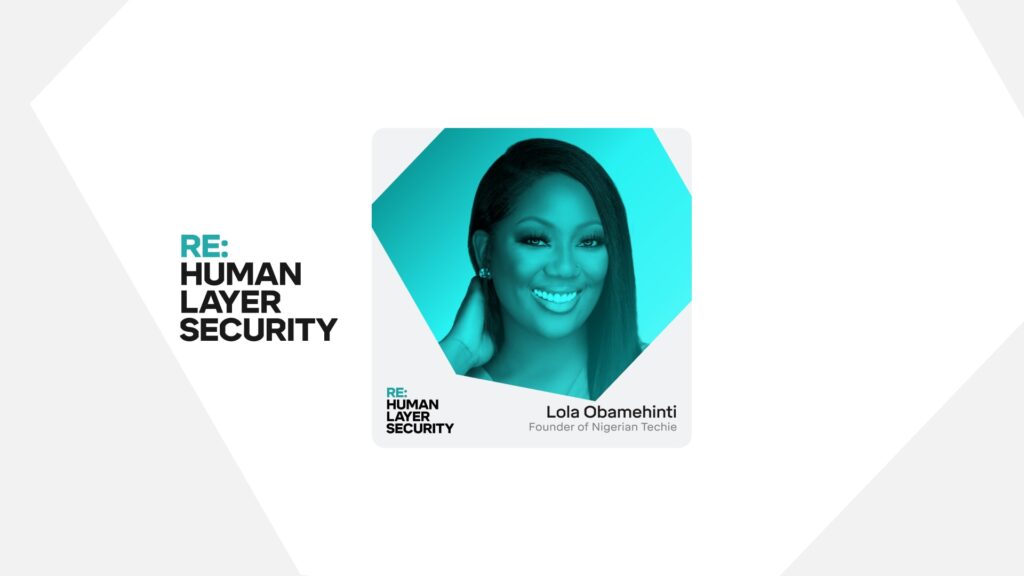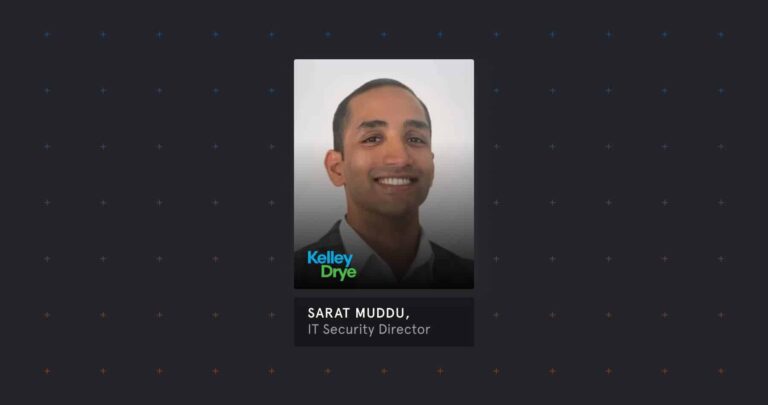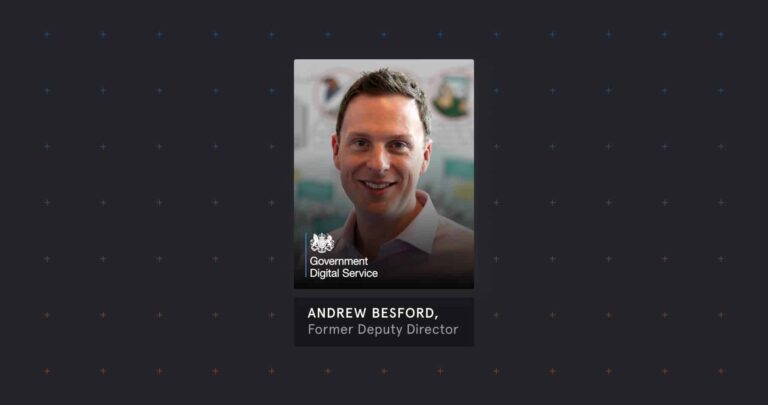With a wealth of experience in developing and leading security and awareness programs at companies including eBay and TIAA, Lola Obamehinti knows what makes a good program. Lola, the founder of Nigerian Techie and former , joined Tim Sadler, Tessian CEO and co-founder, on the RE:Human Layer Security podcast to discuss security and awareness training – why it matters, how to make it effective, and the secret to keeping employees engaged.
Tim and Lola also discussed diversity in tech, with Lola reflecting on the work that remains and how to increase inclusivity and diversity in the industry.
Listen to the whole episode or read on for some key Q&As from the interview.
Q: Why is security awareness so important in organizations today?
A: Security awareness and training are crucial for every organization because employees need to understand their role in protecting confidential company data and information. When cybercriminals target a company and attempt to gain access to networks and systems they do not only target IT or tech employees. Each and every employee has the potential to be a target, regardless of their role. So it is really important to equip employees with the proper tools to identify phishing attacks and other methods that cybercriminals may use to infiltrate an organization.
Q: What does a good security awareness program look like?
A: Effective security awareness and training programs require a multifaceted approach. It is not just training, and it is not just security awareness events or communications – it is all of those elements working together.
You could even divide security training up further into phishing simulations, which then feed into additional security training, alongside required security training (that could also be role-specific). The communications pieces and events also play a big role because you need to let the employees know where they are missing the mark, and also lead effective security awareness events. Finally, you need to use data to track the progress of all of those particular programs.
This well-tracked, multifaceted approach really helps to keep security at the forefront of employees’ minds, and in my opinion, is what works best.
Q: How do you improve a pre-existing program and engage employees?
A: Additional funding is the best way to improve a pre-existing program. It may seem like the easy answer, but in my experience, I have noticed that security awareness and training is one of the parts of security that is often a bit underfunded. Companies often say that additional funding isn’t necessary, but whenever an incident happens security awareness and training is one of the first teams that is notified.
Now when it comes to the content of the program, context is key. To engage employees and help them retain information, you need to provide context to the lessons you are teaching them.
For example, when I was leading security awareness and training at eBay, we were entirely remote, so ensuring employees were well engaged was a key focus. One of the things we did was in January after the popular Coinbase advert that was shown at the Superbowl. The advert featured a QR code bouncing around the screen, similar to a bouncing DVD logo. So, I wrote an article about protecting yourself against QR code phishing, using the advert to provide context.
The engagement was huge – a few of our engineers even created their own QR codes! Until then I didn’t think that level of engagement was possible, but it just goes to show what happens when employees are truly interested in a topic. You just need to make it relevant to them.
Q: What diversity and inclusion work is left and how can leaders help?
A: Right now, there is a lot of work left to do in the industry when it comes to diversity and inclusion. The security industry reflects the greater technology industry where there is not a lot of representation. Even for San Fransisco-based companies, the representation of Black, Indigenous, and People of Color (BIPOC) teeters around 2-5%, which is really really disheartening. Particularly because in 2014 a lot of the major tech companies started releasing diversity reports, but the numbers really haven’t moved since.
To change this I believe that the gatekeepers, from hiring managers to executives, need to give opportunities to individuals who might not have a traditional path. Maybe they just have a passion, maybe they have done a lot of extracurriculars like starting a podcast or YouTube or Discord to educate other individuals on security. They may not have the right certifications, but those individuals should be given more opportunities at entry-level or even management.
Also, for the individuals who are already in the industry – if they don’t feel included or like there are proper opportunities for advancement they leave. We have all seen the lawsuits that are being brought against Google and other tech organizations where people have been discriminated against, experienced racial microaggressions, and were not promoted or compensated fairly. So the work doesn’t stop once you have a diverse workforce – you need to make them feel continually included.
Finally, I would like to highlight that diversity is not just about BIPOC. It can be gender, background, or socioeconomic status, it can be anything. I think of diversity as diversity of perspective and thought – and it is so important for the overall success of a company.














